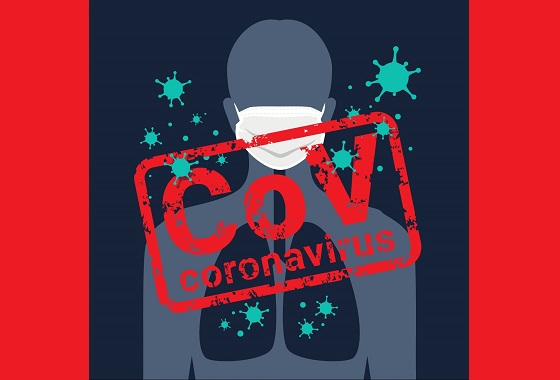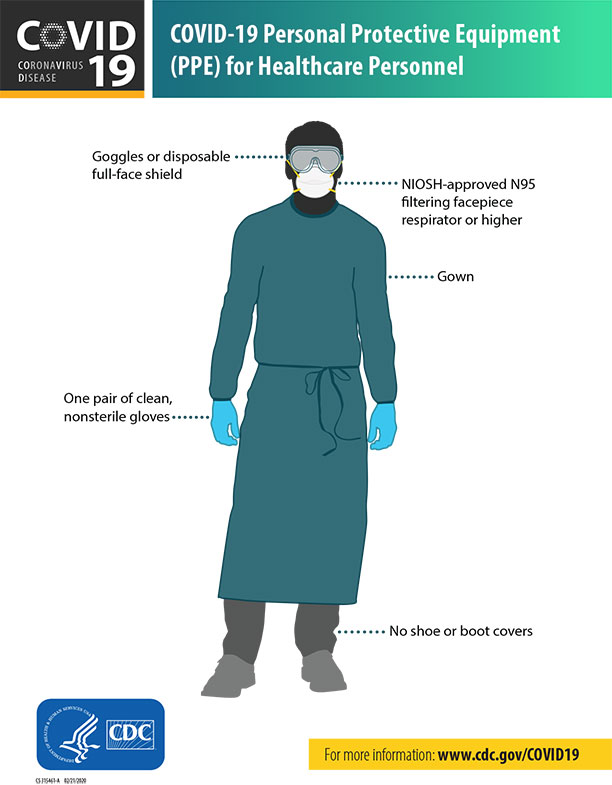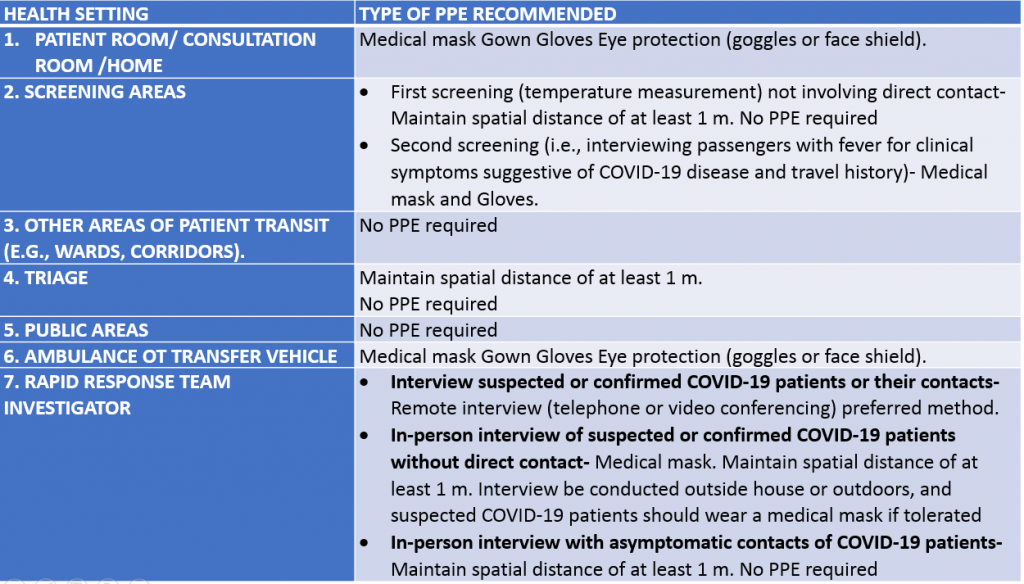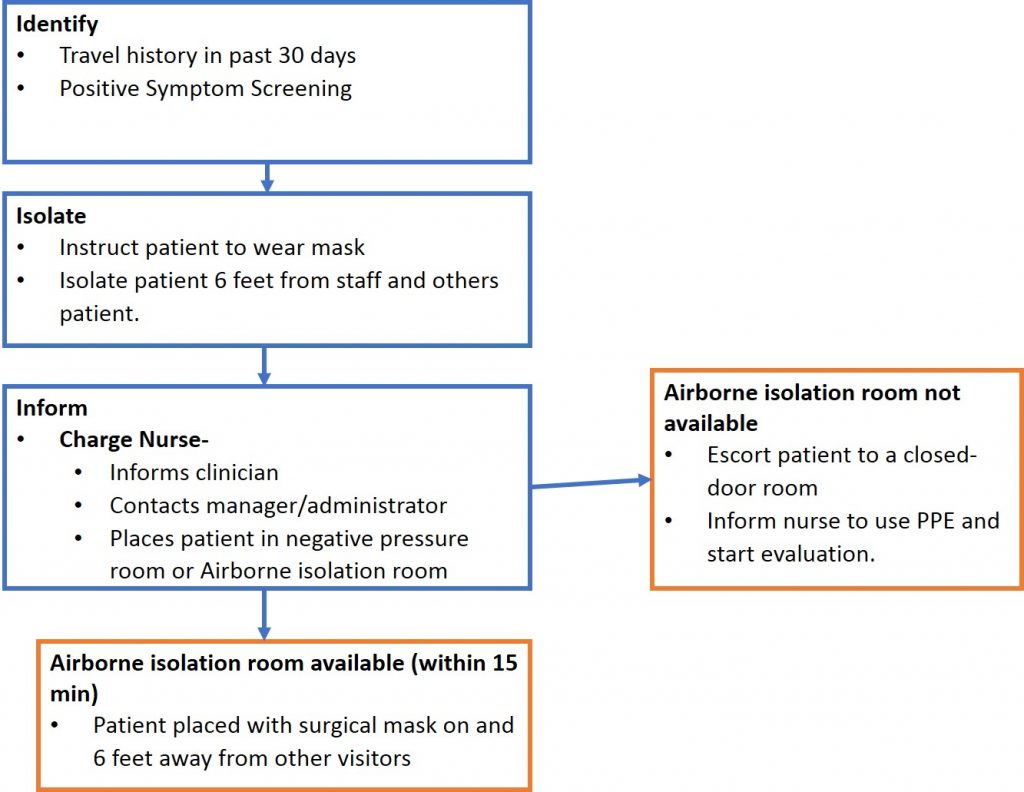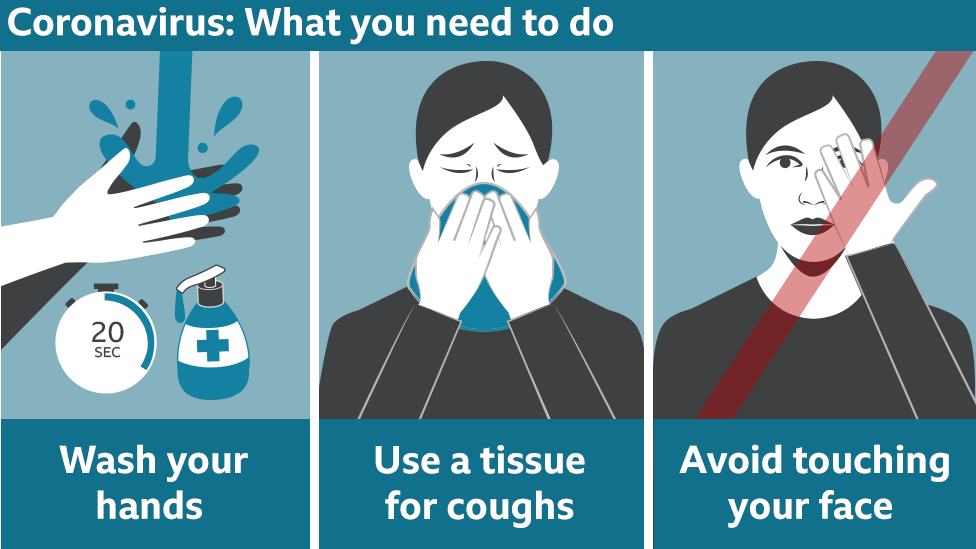This is the best time clinical educators can try their hands with exploring ways to start teaching online.
There is a plethora of new tools and technologies available out there and for someone who is just starting to get a grip on online teaching, it might seem intimidating at the best.

We bring you some simple tips and information you can find handy as you begin your journey. But before you begin, here are a couple of things you should keep in mind:
1- What is your aim and what are the learning objectives and assessment tasks you would like your participants to pick up at the end of your course?
2- Technology is just an enabler and should be selected based on your objectives and comfort level.
With this, let us dive into the different types of engagement tools available out there, to name a few:
- Blogs
- Discussion Forums
- Online & Self assessment
- Podcasts and Videos
- Online Grade books
- Web-conferencing
- Learning Management Systems
- Assignment Dropbox
- Wikis
The next question is how do you select which tools would fit in best with your learning objectives?
Some factors to keep in mind that can help you make the right choice
- Students: Is the technology appropriate for students? Is it easily accessible for them?
- Ease of use: Is the technology easy to use for the students?
- Costs: Will you or your students need to pay for accessing the technology?
- Interactivity: Does the technology support interactivity between students?
- Novelty: Will the technology provide a new learning experience for the users? Are you prepared if there are technical difficulties?
Once you are clear and ready here are some examples of the technologies that are available:
- Bodhi Health’s online simulation platform: For students to practice procedure skills in a virtual & safe environment
- Discussion Forums – Via your LMS : easy to setup and track if students are participating or not
- Twitter with hashtags – Easy to follow and learn from thought leaders and influencers provided you know how to use it
- Facebook – Facebook groups can be set up for communication. There might be privacy issues.
- Synchronous Webinars- Zoom, Skype, Adobe Connect.
- Video recordings/ streaming: e.g. Pantopto, Zoom, Youtube
- Open educational resources or Creative Commons licensed resources
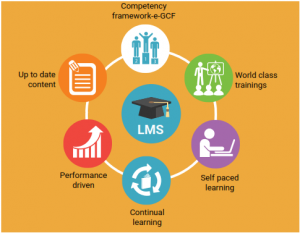
source:https://negd.gov.in/learning-management-system-0
This brings us to the next important consideration in the world of online teaching and that is: licensing.
There are 3 types of licensing
- Copyright (all rights reserved)
- Creative Commons (some rights reserved)
- Public domain (no rights reserved)
Please check the type of license by checking on the resource’s website for its terms of use. When in doubt, it is best to link back to the resource
To summarize,
Pivoting to online teaching should be careful consideration and it can bring immense benefits to you and the students if done correctly. It is important to know your learning and assessment objectives before you select the right type of technology. Using the right type of technology, license and resources can go a long way in making your online teaching successful.
